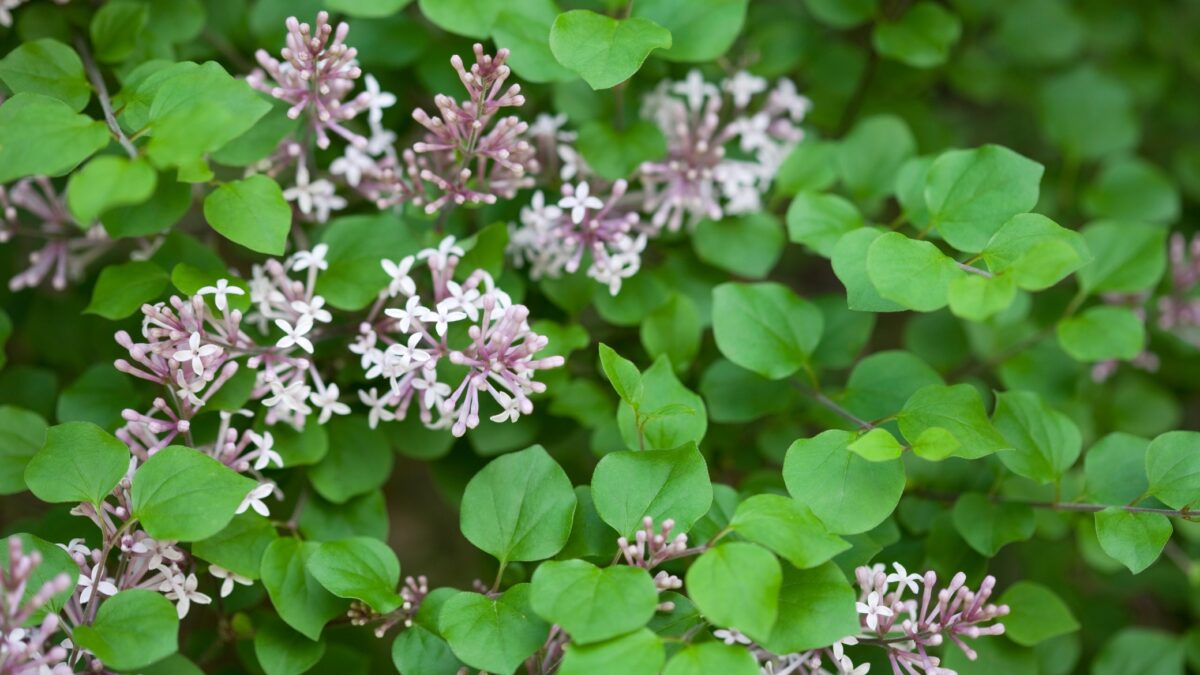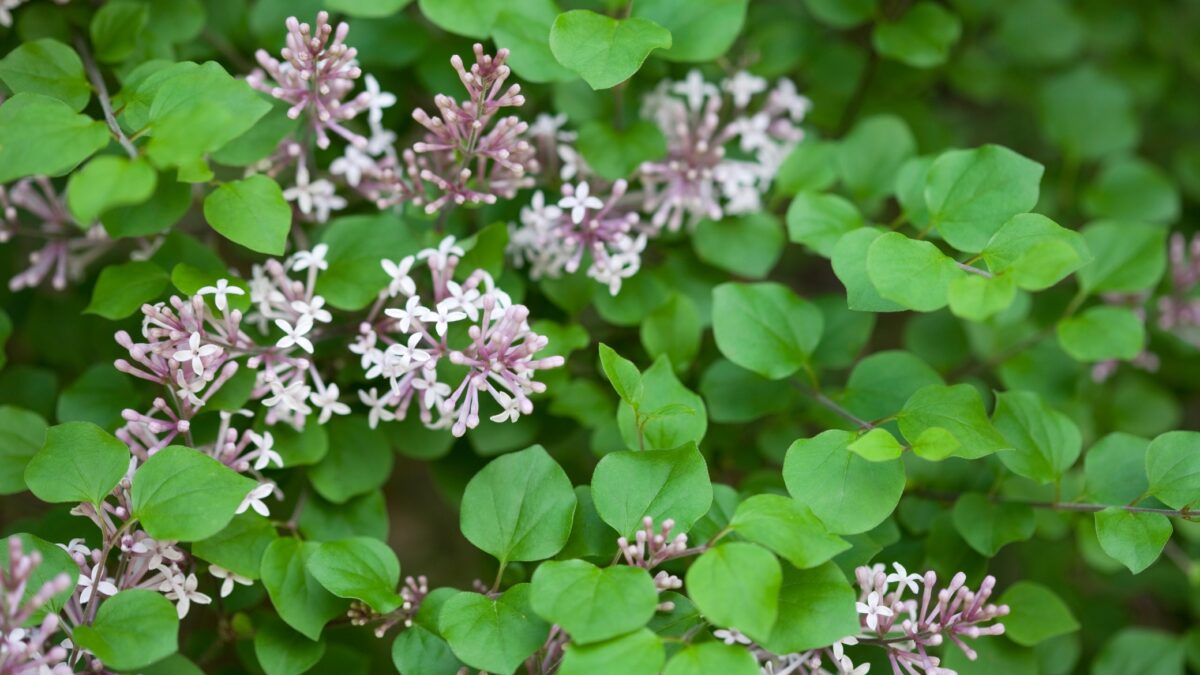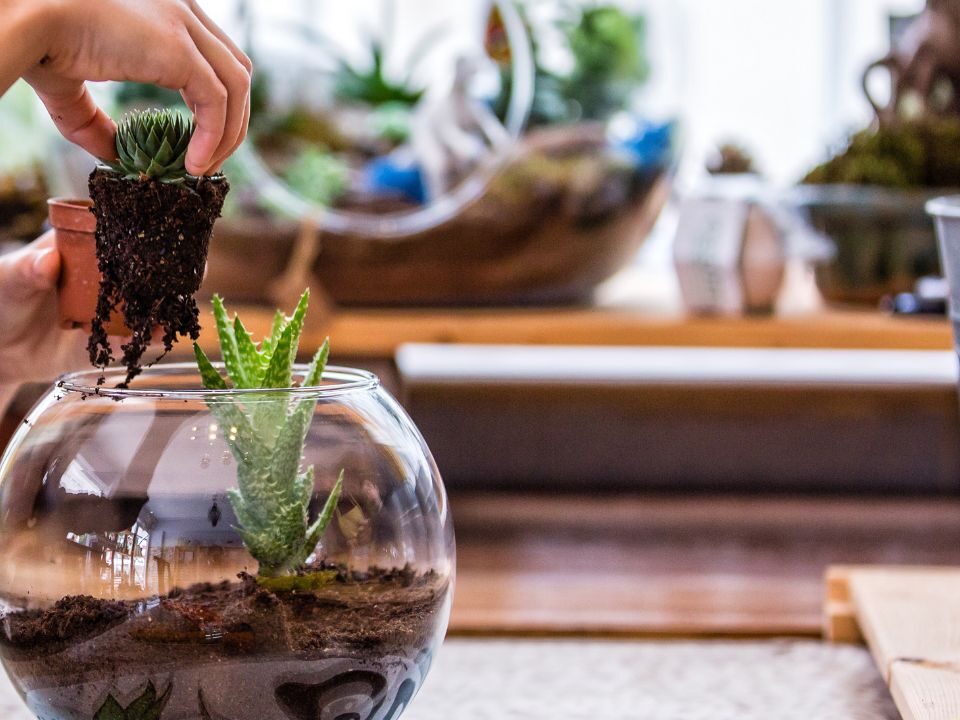
How Can You Successfully Grow Lilikoi (Passion Fruit) at Home?
August 13, 2024
How Can You Grow Bunny Tail Grass Successfully?
August 13, 2024Dwarf Korean Lilac Growth
Dwarf Korean lilac plant is known for their moderate growth rate. They typically add about 6 to 12 inches (15 to 30 centimeters) of growth per year until they reach their mature size of 4 to 5 feet (1.2 to 1.5 meters) in both height and width. This steady growth makes them an excellent choice for gardeners looking to add structure and beauty to their landscapes without rapid or invasive expansion. With proper care, including adequate sunlight, well-draining soil, and regular watering, they can thrive and develop into lush, blooming shrubs.
Dwarf Korean Lilac Plant Overview
| Characteristic | Details |
| Dwarf Korean Lilac Scientific Name | Syringa meyeri |
| Common Names | Dwarf Korean Lilac, Dwarf Lilac Bush, Dwarf Lilac Tree |
| Varieties | ‘Palibin’, ‘Miss Kim’ |
| Growth Habit | Compact, bushy, rounded |
| Flower Color | Lavender-pink, icy-blue (variety-dependent) |
| Bloom Time | Late spring |
| Height and Spread | 4-5 feet tall and wide |
| Light Requirements | Full sun |
| Soil Type | Well-draining, enriched with organic matter |
| Watering Needs | Moderate; water deeply during dry spells |
| USDA Hardiness Zones | Zones 3-7 |
| Maintenance | Low; minimal pruning, deadheading spent flowers |
| Winter Care | Mulch around base; hardy in winter |
| Pests and Diseases | Generally resistant to powdery mildew and common lilac pests |
Understanding Dwarf Korean Lilac
Scientifically known as Syringa meyeri, are beloved for their manageable size and abundant, fragrant blooms. Unlike their larger lilac cousins, these dwarf lilac varieties offer a compact and bushy growth habit, making them ideal for smaller gardens, borders, or even container planting. Their flowers, typically blooming in late spring, are a beautiful shade of lavender-pink and are a magnet for pollinators.
These lovely shrubs reach a mature size of about 4 to 5 feet tall and wide, making them perfect for adding color without overwhelming your landscape. Their neat, rounded shape requires minimal pruning, and they’re remarkably easy to care for. Whether you’re considering a dwarf Korean lilac bush or transforming it into a small tree, these plants can fit into various garden designs with ease.
Planting Korean Lilac

Where to Plant Dwarf lilac?
Planting a Korean lilac is like setting the stage for a beautiful performance. Choose a sunny spot in your garden, as these lilacs thrive in full sun. The more sun they receive, the more prolific their blooming will be. Well-draining soil is a must, as lilacs don’t like to sit in waterlogged conditions. To give your lilac a great start, enrich the planting area with compost or well-rotted manure, which will improve soil structure and fertility.
When planting, dig a hole that is twice the width of the root ball and just as deep. Place your dwarf lilac bush in the hole, ensuring the top of the root ball is level with the ground. Backfill with soil, water thoroughly to settle the roots, and apply a layer of mulch to retain moisture and suppress weeds. With these steps, your lilac will be off to a great start and ready to dazzle.
Caring for Your Dwarf Lilac
Once established, they are relatively low-maintenance. Water your lilac deeply once a week during dry spells to keep the soil moist but not soggy. These shrubs appreciate a balanced fertilizer in early spring to support new growth and flowering. Use a slow-release granular fertilizer or a liquid feed according to the package instructions for best results.
Pruning is minimal, but it’s a good idea to remove spent flowers and any dead or damaged branches. This encourages a tidy appearance and can stimulate more blooms. Unlike some other lilac species, dwarf Korean lilacs are less susceptible to powdery mildew, making them a resilient choice for gardeners who want beauty without the hassle.
Interested in growing lilikoi passion fruit in your garden? Discover expert tips and advice
Dwarf Korean Lilac in Winter
As the winter months approach, you might wonder how your dwarf Korean lilac tree will fare. Fortunately, these hardy shrubs can withstand cold temperatures, typically thriving in USDA Zones 3-7. To help your lilac bush prepare for winter, stop fertilizing in late summer and allow the plant to enter dormancy naturally.
Mulching around the base of the plant can help insulate the roots from extreme cold. While the above-ground parts of the plant may not look their best during winter, the roots remain active and will sprout new growth come spring. Your dwarf Korean lilac tree will soon burst back to life, ready to delight you with its springtime display.
Dwarf Lilac Varieties and Sizes

There are several dwarf lilac varieties to choose from, each offering unique characteristics. The ‘Palibin’ dwarf Korean lilac is one of the most popular, known for its dense growth and abundant blooms. Another favorite is the ‘Miss Kim’ lilac, which is slightly larger and features fragrant, icy-blue flowers that fade to pink. These varieties provide options for gardeners looking to customize their landscapes.
How Big Does a Dwarf Lilac get?
Miss Kim typically grows to a height and width of 4 to 5 feet (1.2 to 1.5 meters). Its compact size makes it an ideal choice for smaller gardens, borders, or container planting, providing beautiful blooms without overwhelming the space.
Do Korean lilacs bloom twice?
Dwarf Korean lilacs generally bloom once in late spring, showcasing a stunning display of lavender-pink flowers. However, they are known for having a more extended blooming period than other lilac varieties, and with proper care, they can sometimes produce a smaller, less intense second flush of blooms in late summer or early fall. To encourage this, deadhead the spent flowers after the first bloom and ensure the plant receives adequate sunlight and nutrients.
Wrapping up
With its compact size and easy-care nature, this lilac is perfect for adding a touch of elegance without taking over your space. Plant it in a sunny spot, pamper it with good soil, and watch as it rewards you with a cascade of blooms that will make your garden the envy of the neighborhood. Whether you’re an experienced gardener or just starting out, the dwarf Korean lilac is ready to bring a little magic to your outdoor oasis.





